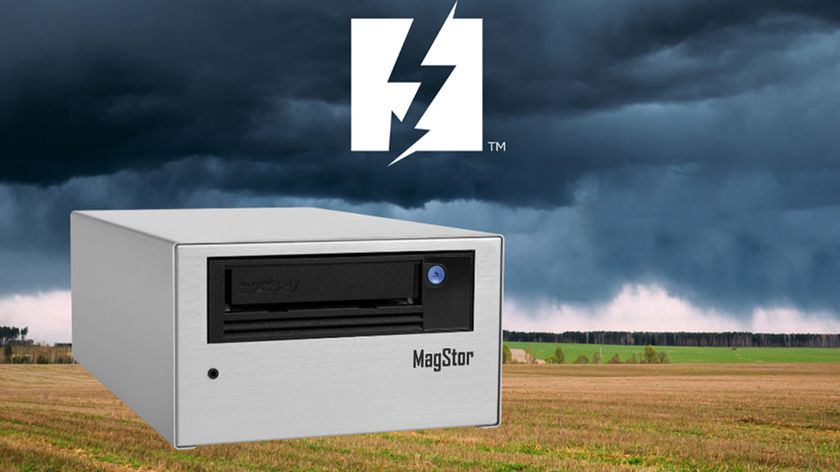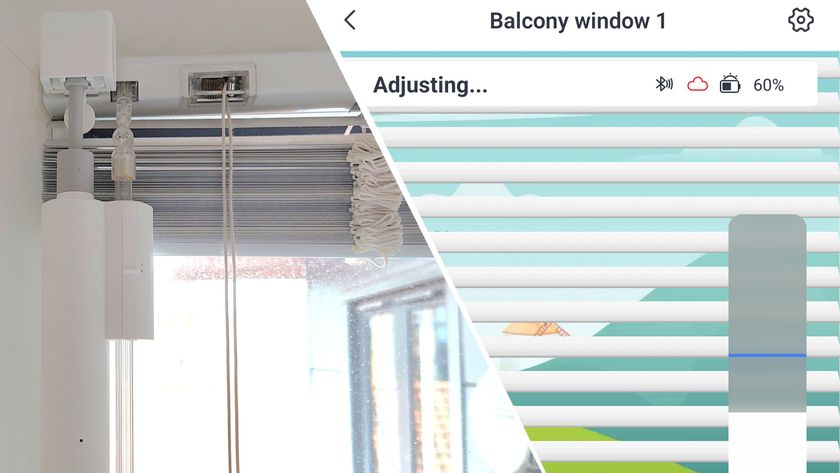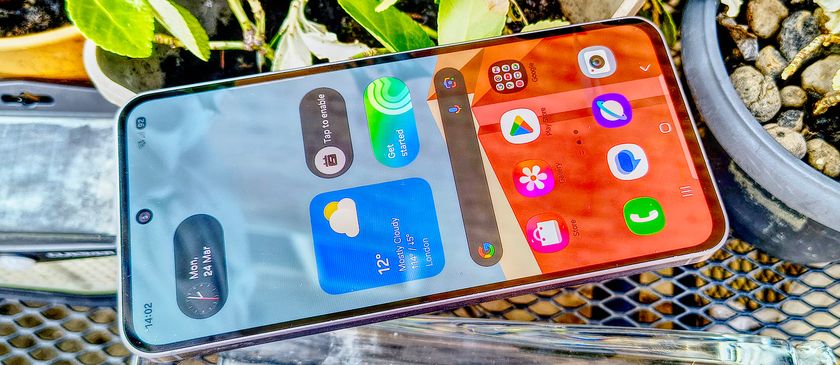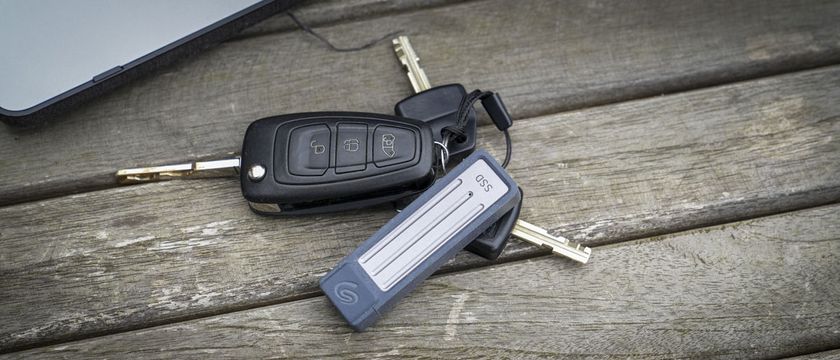Why you can trust TechRadar
The LG G Flex rocks up running Android 4.2.2 Jelly Bean, which is a little disappointing considering Android 4.3 has been out for some time and it's even been replaced by Android 4.4 KitKat since.
This is the same version of Android that the LG G2 is running, but considering the LG G Pro 2 and new L Series handsets are arriving with Android 4.4 on board we'd have hoped the G Flex would already be running it.
With a 2.26GHz quad-core processor and 2GB of RAM I'm confident that the G Flex will get a KitKat update in due course.

That's a decent amount of power under the hood, and it means the LG G Flex happily runs Android without issue.
LG has slapped its own user interface over the top of Android and while for the most it gives you a relatively standard experience, there are noticeable additions and changes.
One of the biggest ones is in the notification bar - pull down from the top of the screen and you'll see LG has fully loaded this area on the G Flex.
Not only do you get a row of quick settings which frequent many Android phones these day, below that you get a row of QSlide apps, followed by two sliders - one for screen brightness and the other for volume.
This puts a wide range of control at your fingertips, and saves you from digging around in the settings menu - but it's not all good news.
All these options means that half the screen is taken up, leaving less space for notifications - the whole point of this area in the first place.

Luckily the expansive 6-inch display on the G Flex means a few notifications can sneak in before you have to scroll - but it can get annoying if you're one of those super popular people.
Thankfully you can remove the row of QSlide apps which frees up a chunk of extra space, and I opted for this layout as I rarely found myself requiring the QSlide feature.
What is QSlide, I hear you ask. Well in response to multi window on the Galaxy Note 3, QSlide allows you to pull up select apps in their own window on top of whatever you're currently viewing - a mini application perfect for multitasking.
You can adjust the transparency of the app window allowing you to see what's on screen behind it, and by dragging the bottom right corner of the window you can easily resize the app.
As I've hinted at you can't do this with every application on the G Flex, but nine core apps including Internet, Calendar, Calculator and Messaging are available.
You can only have a maximum of two QSlide windows open at once, and while it's a nice little novelty to have multiple windows on your phone's screen, I found the multitasking menu - accessed by holding down the home button - was actually a far easier way to skip between apps.
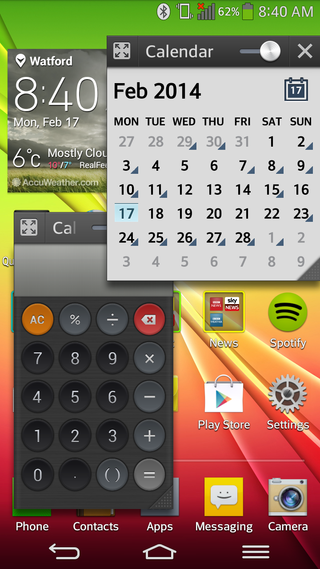
The G Flex does cope with all of this very well, and I didn't experience any slow down or stuttering as I fired up mini apps and jumped between games and web browsers using the multi-tasking menu.
Putting the LG G Flex through the Geekbench 3 test saw it gain an average multi-core score of 2068 - which isn't quite as good as the equally powerful LG G2 or Samsung Galaxy S4.
While the G Flex never lagged, it never felt as super slick as some of the top flagships on the market. That's not a huge issue, but when you consider the LG G Flex costs more than most you may feel a little hard done by.
I was a little disappointed by the default theme on the G Flex, as it seemed a little bit childish and the low resolution display made some of the icons looks especially grainy.
Heading into settings you can change from the "Flex" theme to the "LG" theme, the latter of which is very similar to the overlay on the G2 - and the icons here look more professional and are slightly better in terms of detail.
Still, I would have preferred an option to switch to the stock Android design (with LG's extra features) as it's a smarter setup - but I guess I can't have everything.
Those looking to fill the G Flex with loads of movies, apps and music need to take note of the storage limitations of the handset.
It does come with 32GB of internal storage, but there's no microSD slot and the Android OS accounts for 8GB of that storage.
This means you have 24GB to play with - which should be plenty for most users, but the media heavy among you may need to tread carefully.
Current page: Interface and performance
Prev Page Key features Next Page Battery life and the essentials
TechRadar's former Global Managing Editor, John has been a technology journalist for more than a decade, and over the years has built up a vast knowledge of the tech industry. He’s interviewed CEOs from some of the world’s biggest tech firms, visited their HQs, and appeared on live TV and radio, including Sky News, BBC News, BBC World News, Al Jazeera, LBC, and BBC Radio 4.


